The author laments an ongoing pandemic and it sure ain’t Covid.
By Dick Snyder
@citybites
I was de-cluttering the other day — as I do every other day — and found a clipping of an article titled “A Beef with the F-word.”
A “clipping” is what journalists call stuff printed on paper that has been removed from its original vessel and filed in a box in the basement, to be unearthed a minimum of one decade later. In olden days, such a publishing vessel was called a newspaper, magazine or journal. Another name, familiar to librarians, would be periodical. But now I’m aging myself.
Anyway, this article came from a Canadian magazine called Avenue, which I recall as being a pretty good rag before it died a slow agonizing death due to ennui and the lack of advertising support — as all good Canadian print publications are wont to do.
The article was about the author’s hate for the term “foodies.”
It was written in 2005, by me.
As I began to read it for the first time since I hit “send” so many years ago, I figured I’d cringe my way through the 1000 words or so. But rather, I marvelled once again at what a good writer I am. And as the wonder subsided, I realized, sadly, that pretty much the entire beef I had with people who called themselves “foodies” back then still applies today — and it now encompasses another egregious group.
You guessed it. Influencers. (Cue horrifying organ music.)
Turns out that over the past 16 years the foodies mutated.
And they procreated.
Have you heard of vinfluencers?
God help us.
Before you get your knickers all knotted about me bashing these poor innocent and nauseatingly upbeat folks, let me say that this article is not only about ridiculing my favourite (least favourite) topic, but it’s a way to introduce you to my new GFR column.
I’ve got beefs, and I’m willing to share. However, I’m a journalist, so I will be doing real reporting (we called it primary research back in the day), assembling statistics (we called it research back in the day) and persuasive arguing (we called it… you get the picture). As you may have guessed, I’ll be sarcastic and acerbic as hell, too.
Full disclosure: I’m 55, obsessed with vinyl records and guitars, and wear a lot of rock T-shirts. Roll your eyes all you want — I too can barely stand myself. I’m balding as well, but I don’t own a road bike. So I have that going for me. I just want to point out before everyone else does that I’m old and don’t understand the youth of today and their social media antics, so everything I say will be tainted by my obvious privilege, bias and worldview as filtered through rose-coloured Ray-Bans.
But here’s the thing. I’m pissed off by the lack of credibility these days in writing — and related broadcast antics that include social media — about food and beverage alcohol. (This latter term I’ll shorten up to “wine” for this article, but I’m also referring to beer, spirits and all good things fermented.)
Come to think of it, there’s a lack of credibility in writing on most topics, no matter the media in which it appears. As a junior journalist — I graduated Ryerson in 1994 — we used to decry the state of “the media.” Meaning, the mainstream media: the daily papers and periodicals, the CBC and other conventional broadcasters, and we were very excited by the advent of blogging and other barrier-free democratic channels that paved the way for what is known today as Ebola; er, I mean, social media. Well, that excitement didn’t last long.
It seems that hitting the big time for today’s wine “personalities” — for want of a better word, and I’m trying to keep this PG — is to have a laughably inflated score appear on a retailer’s shelf talker, followed closely by an appearance on a morning show to wax inane about bargain wines best served straight from the freezer. Or mixed with some flavoured seltzer because “isn’t this fun?” “Fer sure!” Because wine is not meant to be serious. Better to bung some colour, fruit rings and ice in there to mask those horrific aldehydes.
Fuck right off. Wine is meant to be fun, yes — consumed in good company with good food and proper glassware. Wine knowledge, though, is freaking difficult. It combines chemistry, viticulture, history, culture, terroir, geography, politics, war, sociology, climatology, and all kinds of other things that geeks like me revel in. And more chemistry, for good measure. And there’s artistry in there too — perhaps not as much as some would like to believe, but talent is a requirement.
Up for a laugh? I stumbled upon a budding wine person’s website last year wherein they (I’m being deliberately vague here) stated enthusiastically in their bio that they chose not to pursue formal wine education because all the programs required intense study and discipline and this “took the fun out of wine for me.” Can you believe that? Still, said wine expert wanted people to hire them to conduct tutored tastings and classes. “Learn about wine my way!” – I believe that was a tagline, or something close. Some semblance of that invitation to partake in a person’s “wine journey” — god help us — imbues many a vinfluencer’s Instagram bio. Another bio trope is the ubiquitous “certified sommelier,” whatever that means, and “candidate” used to qualify all manner of official accreditation of which said person may or may not be in hot pursuit.
So call me Dr. Dick because… I’m working on it. (The doctor part, that is.)
You’ve heard this joke? The brain surgeon says to a guest at a party: “Oh, you’re a writer. You know, I plan to become a writer after I retire.” Writer says: “Oh yeah? When I retire, I’m going to be a brain surgeon.”
To this day, the anti-education person noted above posts vapid and infantile “educational” clips to Instagram, which the algorithm no doubt gobbles up like the insatiable maw that it is. The commentary from followers is equally vapid, though sadly, more voluminous than the posts deserve. Take it with a grain of salt, though — as with so many other vin/influencers, the engagement seems to come mostly from other vin/influencers and assorted personalities, stalkers, models, body builders, friends, parents, cons and exes. You go, girl/boy! You’re killing it! Looking good!
So that article, the one I wrote 16 years ago. It came on the heels of launching my magazine CityBites, which covered Toronto’s food scene with some irreverence but always with respect and exactitude. For a lark, I banned the word foodie and wrote a press release about it. The Globe and Mail, bless its heart, published a short little news item under the headline “Fooder for foodies.” Sigh. They nicely capture the spirit of my venture, but quite missed the point.
My article begins with: “I hate the word “foodie.’”
And it continues:
To me, a foodie is a guy looking for a hobby. He’s a trendoid, a hipster, who buys a $5,000 Wolf oven and professional cookware, even though he eats out most of the time (at only the hottest and hippest restaurant). Foodies are too serious and argumentative about stupid things like the provenance of their black pepper. It’s about showboating rather than quietly achieving the ability to articulate and share a sensory experience. When a foodie leaves a room, you know that someone is saying under his or her breath: “What a jackass.”
When I re-read this article 16 years later, I realized I could replace “foodie” with “influencer” and it would feel fresh as ever.
Here’s another excerpt:
[This is about a trend] of infantilizing or dumbing down any activity or interest in order to make it more inclusive. Imagine: “The Idiot’s Guide to Being a Foodie.”
What scares me about that statement is that it has indeed come to fruition. A defence I hear often regarding influencers who feel justified in their ratings, recommendations or reviews, goes like this: “Why shouldn’t they share things that they like? They don’t need to be an expert to do that.” True enough, the constitution does guarantee even an influencer’s right to express their inanity. (Fortunately, there’s an unfollow button that works tremendously well.)
But 16 years ago, my counterpunch to that argument was this:
The power to evaluate should go only to those who can do so objectively and with a clear sense of criteria, commitment and sincere joy.
Sadly, today, that power lies with people whose only goal is to incite “likes” and monetize their following, many without disclosing the financial transaction happening in the background. Whether that following is legit or not (that is, purchased), brands don’t seem to care and will throw money at them anyway, like lechers in the front seats at a strip club.
“Dance, dance! Post another poll and make that bottle disappear — and re-appear! — through the magic of Instagram pizzazz. Flash those sultry eyes and tease me… show me a little more of your vinous boudoir… that’s it. Like that… That’s good. Keep doing that.”
Another excerpt:
“Flash.” That’s the state of much food writing today. It’s about the writer, not the craft. There is too much first person, verbal shtick and self-referencing, and not enough genuine scholarship in the service of the reader. Most articles include empty descriptions of dishes “cooked perfectly” or desserts that make the reviewer “swoon.” … Accuracy is relegated to the side plate.
I edit for Canada’s 100 Best Restaurants magazine. The hardest part of my job is recruiting new writers. Even the professional ones I trial can barely deliver what I stated above as “genuine scholarship in the service of the reader.”
A writer recently filed a 250-word writeup on the takeout from one of Canada’s very top restaurants, referring to a dish as “scrumptious” and describing the oyster as “silky.” I sent the article back, pointing out that if the dish wasn’t scrumptious and the oyster wasn’t silky, we wouldn’t be writing about it. Get rid of those empty words, I said, our readers deserve better. I’ve discovered that I have to tell writers that we do not publish exclamation marks. Unless it’s a chef yelling “ouch!” after cutting off her finger. Now that would be great reportage.
My beef is not just with the vin/influencers and shitty writers. Our media in general treats food and beverage as little more than fodder for Top 10 lists and menu roundups. I’m looking at you, Toronto Life, BlogTO, The Globe and Mail, etc. It didn’t use to be that way. Toronto Life used to have James Chatto writing some of the smartest and well-researched piece on the gourmet arts, which clocked in at 1500+ words. No editor would accept such a tome these days, knowing in their heart of hearts that readers can only handle narrative delivered in 200-word chunks. Not even, though. I wrote 200 words about the styles of Chardonnay for a major magazine earlier this year and was told to “chunkify it.” That is, turn my 200 words of brilliant prose into a series of headers followed by one-sentence factoids. I felt like I was writing for TV. But the laugh track was in my head.
Here’s something good, a piece of writing that is clear, evocative, detailed, entertaining and instructive. It’s a paragraph exhorting the joys of Chianti and pepperoni pizza. It’s from Red Wine with Fish: The New Art of Matching Wine with Food by David Rosengarten and Joshua Wesson. It was written in 1989.
I was wet-nursed on Dr. Brown’s Cel-Ray Soda and teethed on Mr. Chips pretzel sticks. By the time I turned eleven I had consumed enough junk food to endow a 7-Eleven chair at the local community college. Even as an aspiring adolescent sophisticate, my favourite multi-course menu remained a dozen White Castle hamburgers with fries and an orange drink. Perhaps my palate intuitively sensed that acid in the soda would stand up to those cheap little pickles and still cut through the grease. Not surprisingly, my first memorable wine and food match arrived in a square cardboard box and straw-covered bottle. I had ordered pepperoni pizza from Starlight—the toast of Essex County—and, while scouring my parent’s fridge for cold beer, happened upon an unopened bottle of a young, simple Chianti. The wine was fresh and juicy, made even more appealing by its frosty state (it was hidden behind a carton of milk). Its ripe fruit and high acidity scrubbed the oil and salt off my tongue and opened the door to the sweet flavours coming from the tomato sauce and cheese. My lunch-box legacy didn’t betray me after all!”
K, deduct one point for the exclamation mark. But that’s a good read.
Yet, that’s the kind of thing you won’t find in our media these days. I was told flat-out by an editor at a major city magazine that their role as editors and publishers “was not to educate the reader.” To which I puzzled: “Huh?!” But I guess that explains the emphasis on real estate, murder and top-ten pizzeria coverage.
I’m not so disappointed by the lack of quality in the writing by these people so much as the lack of effort. It’s too easy to get attention, and the bar is so low it’s pretty much sub-terranean. That brands and businesses fall for the social media influencer ruse is fodder for a column for another day.
Stand by… I’m researching.
“Ring, ring.”
“Hello, Snyder here. Can you prove the ROI on that embarrassing campaign, the one with all the balloons, party hats and terrifically ugly glassware, the dance challenge, and the plethora of typos and misinformation?”
“Hello? Hello?”
To this day – six years after I stopped publishing CityBites due to debt, stress and astonishing weight gain — I still get PR releases asking for consideration and to please send this year’s publishing schedule. I run into people who ask “Hey, where can I get the latest issue.” I’ve had emails lamenting the magazine’s demise: “Oh too bad, it was such a great magazine.” To which I want to reply: “Thanks, so why didn’t you advertise?”
My other favourite, which I heard from several PR and media folks begging me to cover their product. “How much to put us on the cover?” “We don’t sell the cover.” “How much for an article?” “We don’t sell editorial, but it’d be great if you’d support us by buying an ad.” “We don’t buy print ads.”
To those brands, I say you get what you pay for. And what you’re paying for today is inane Instagram reels of dancing idiots juggling your precious wines and other wares as they oooo and ahhhhh and grin and wink.
And to the consumers I say: Do you want wine and food advice from a “content creator” or a world traveller who owns a hardback copy of Larousse?
You can guess where this is going.

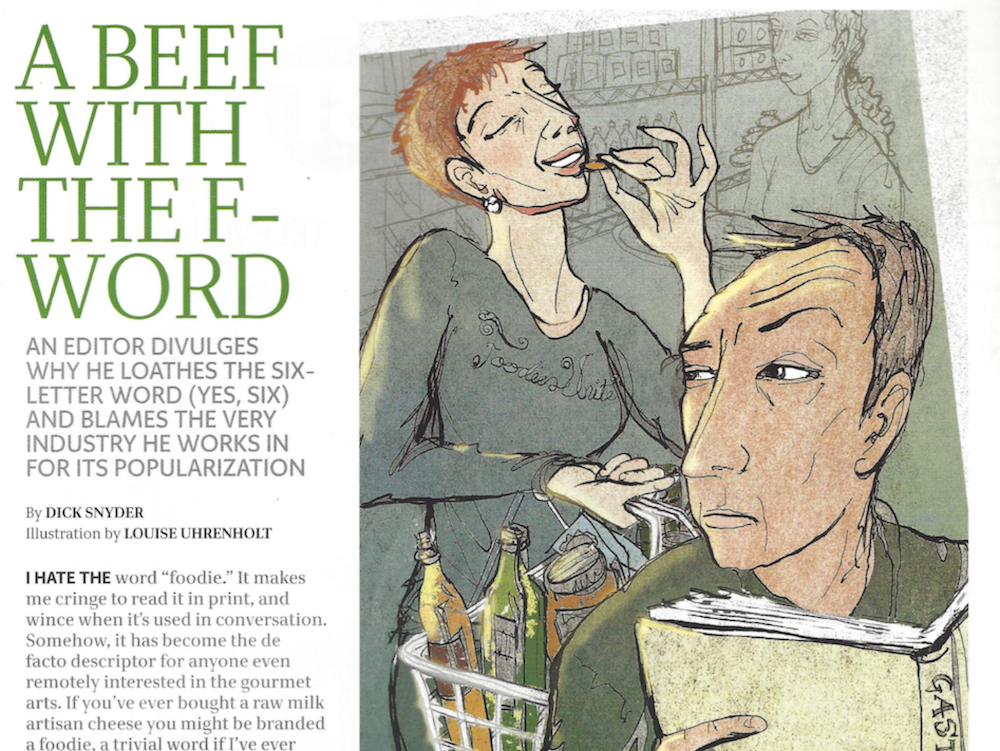

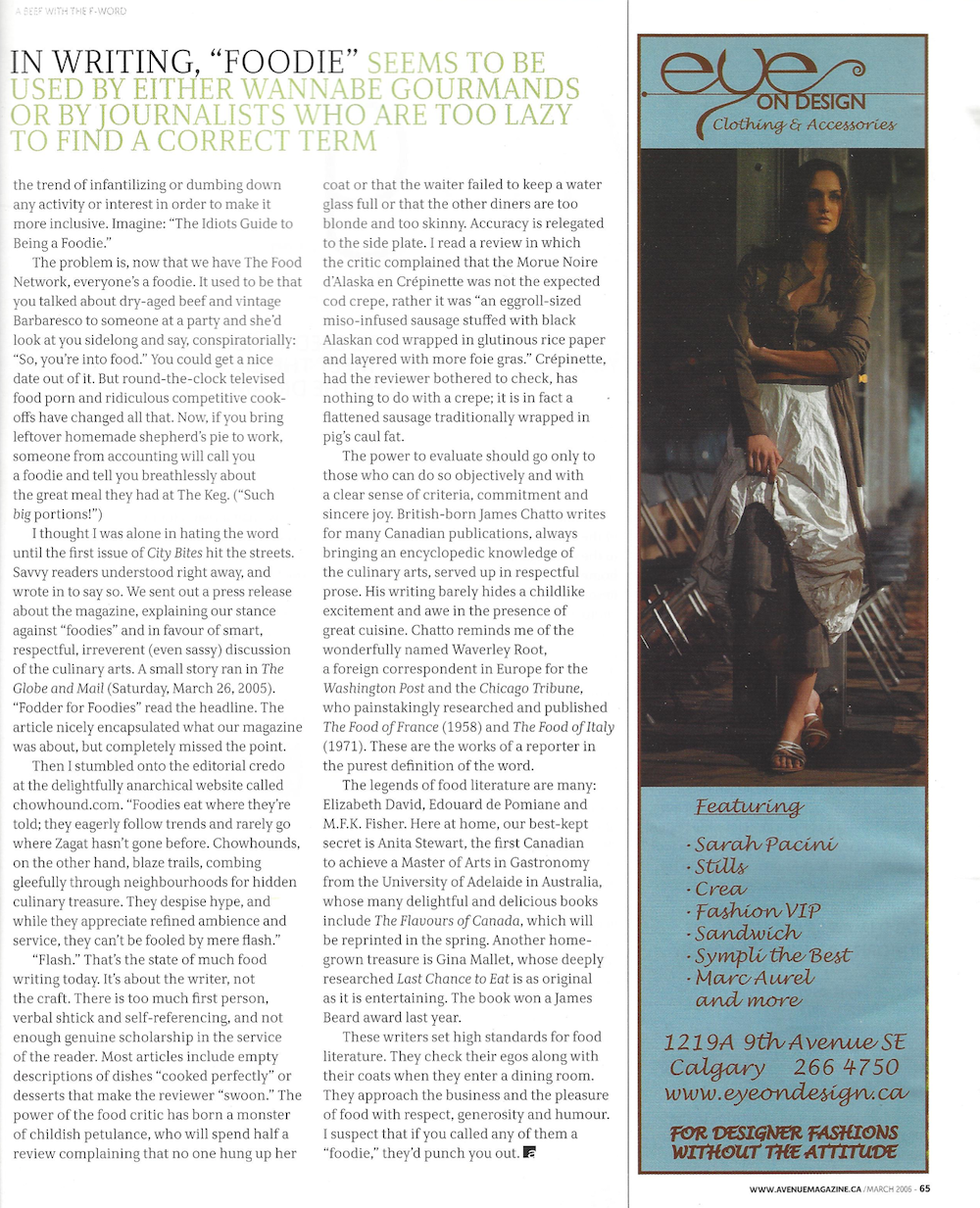

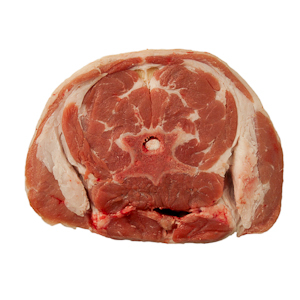

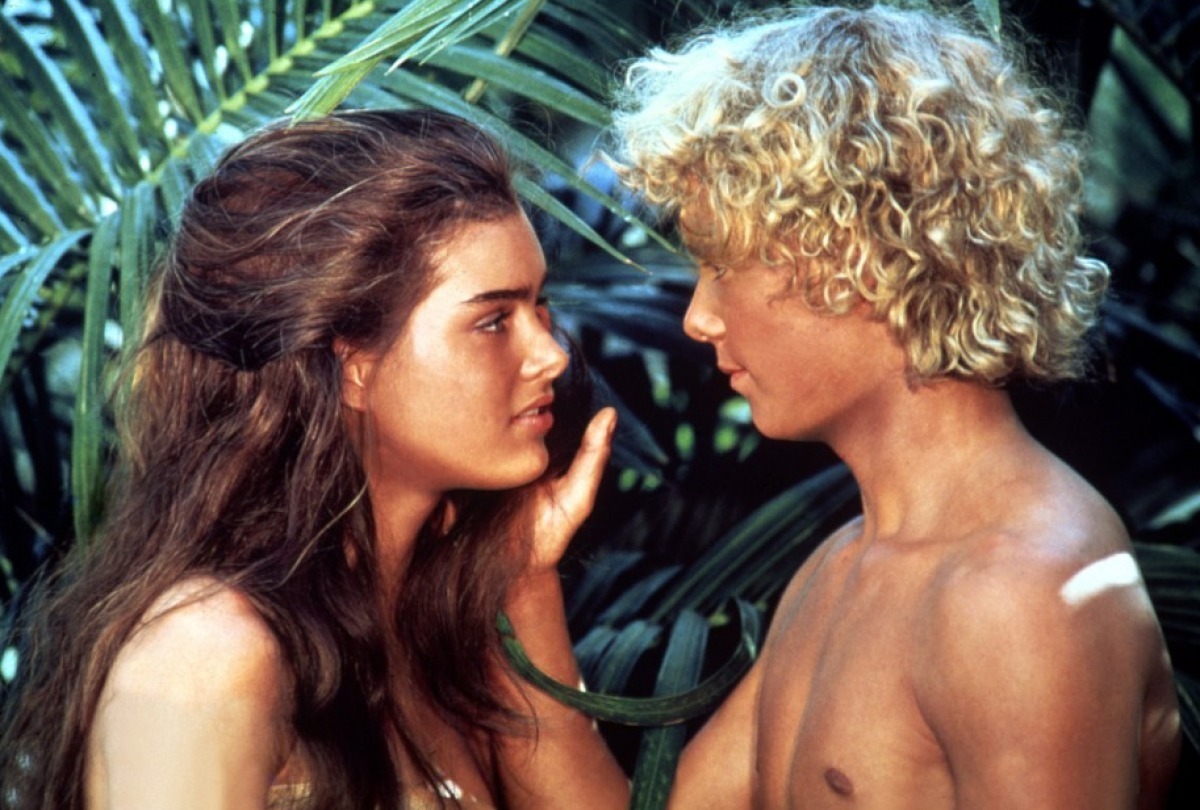
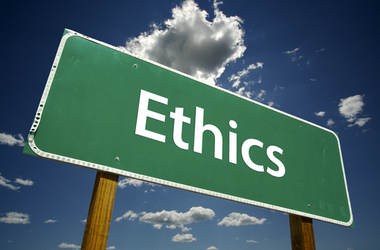

Ooooh! You go Snyder!! Awesome piece!!! LOL LMAO
I am humbled. Thank you, Doctor Szabo.
A well written piece by a terrific, seasoned journalist who understands the value of research, context and understanding when publishing an article. I have worked with Dick for decades and have always appreciated his perspective on chefs, wine and food as he is a credible writer who continues to take the time to get the proper background on a subject before writing his stories. Too often this art seems to be lost nowadays when there so much is “pay to play” vs journalistic integrity. Looking forward to more insightful writing from him–welcome aboard!
I appreciate your thoughts, Paula. We’ve been around the block once or twice, yeah? There are a lot of factors at play in all of this. Curious to hear from more folks. And I’ll be exploring this and other related issues in future rants. I mean, columns. Ever in search of integrity… and folks who are willing to do the hard work. (And I don’t mean editing Insta reels. Because we all know, that’s really hard.)
This article is not only well written but gives a guided tour of the death of expertise. Save us all from another IG dance and prance with a bottle of plonk.